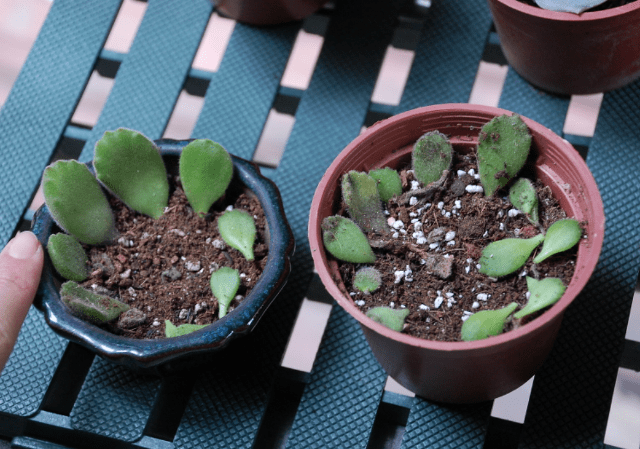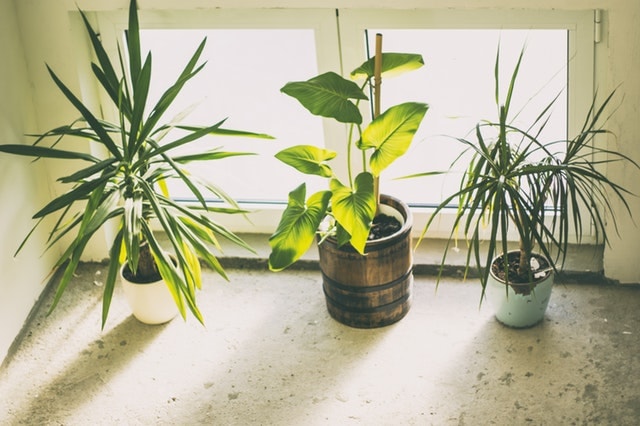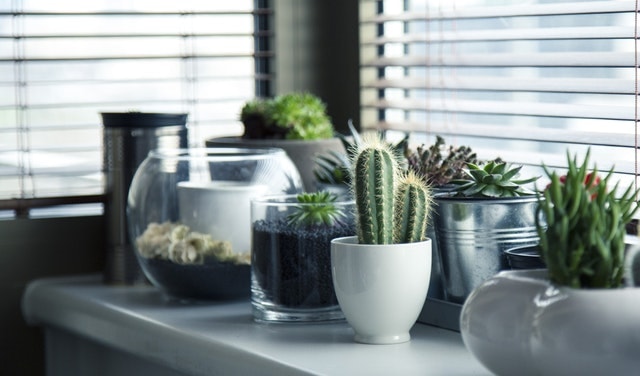Last Updated on 3 years by Namrata
Cotyledon Tomentosa, popularly known as Bear’s paw, is one of the most attractive and lovable members of the succulents family. It has thick and fuzzy green leaves with noticeable dark red-toothed edges. The leaves look like bear claws that also have a velvety coating. Bear’s paw blooms large orange bell-shaped flowers during the spring season. They have a low and shrub-like growing habitat to go to a height of around 30cm.

Propagate Bear Paw Succulents from leaf cuttings
If you want to propagate Bear Paw Succulents, the best way to do it is from leaf cuttings. But it is a tricky method and can become unsuccessful if not done correctly. Still, if you wish to propagate it by leaf cuttings, you should follow the below procedures.
Step:1
At first, you need to take scissors or a knife and cut the healthy leaves from the Bear Paw plant. It is a primary step as while cutting out the leaves, you need to make sure that there is no leaf part attached to the plant and that the leaf is not damaged.
Step:2
In the second step, you need to keep the leaves in a safe area so that they can heal the wound.
Step:3
After a couple of days, you will see that the leaves are developing calluses. At that time, you need to gently plant the leaves into the soil and water them adequately. Remember to water it again when the soil gets completely dry.
MORE POSTS: How to Propagate Gardenia in Easy Steps
Things to consider when growing Bear Paw Succulent from leaves
While propagating Bear Paw Succulents in your place, you need to consider the below things.
1. Growing season
Before you keep or propagate a Bear Paw Succulent, you need to remember that these plants grow best during the spring and fall seasons. During summer and winter, they do not thrive sufficiently.
2. Soil
Cotyledon Tomentosa or Bear Paw Succulents prefers well-draining soil as they are prone to root rot. That is why you can use formulated soil or add perlite and coarse sand to the soil to make it well-drained. Besides, as these succulents love to grow in acidic soil, you need to maintain a pH of about six while growing them in the ordinary soil mix.
3. Fertilization
During spring or growing season, give your Bear Paw Succulents sufficient fertilizers. For this, you need to add fertilizer to the soil once a month. You can also feed them twice based on your succulent’s health and structure. But refrain from feeding them in the winter season.
4. Size
As you might know, bear paw succulents can grow up to 20 inches from underneath the leaves. But it happens when you keep them in outdoor conditions. If you propagate these succulents indoors, they can reach a few inches in height. It occurs because the container prevents the roots from growing bigger.
5. Flowers and Foliage
A bear paw’s succulent leaves have numerous red teeth along the edge. Due to this, they look like bear paws. The maximum height of its leaves can be one and a half inches. But when they mature fully, you will see pink, orange, or yellow-colored flowers right at their edge. The flowers bloom best during the spring season as it is their growing season.
6. Common Diseases
Like other succulents, Bear Paw is also prone to various diseases. As soon as they grow bigger, they will get more susceptible to diseases. The most common culprit that destroys these succulents is a fungal disease. The fungi often develop in their stems due to overwatering issues. So, in such cases, you need to look at the signs or symptoms. For example, if the leaves are falling off from the main stem, you need to understand that your coveted plants are suffering from a fungal attack. You can avoid this problem by maintaining a proper watering schedule. You also need to avoid giving excessive water.
7. Insects
The most common insects that hamper the growth of Bear Paw Succulents are spider mites, bugs, or scales. You can get rid of these with ease by using your fingernails to remove them. But you should conduct close inspections regularly to keep your plants healthy.
MORE POSTS: How do you propagate a ZZ plant from a leaf in water?
Some other propagation methods
If you want to grow Bear Paw Succulents apart from a leaf cutting, you should follow the below methods.
1. Propagation by cuttings
Through stem cutting of Bear Paw Succulents, you can propagate these beautiful plants. It is also an effective way to grow them as it has a higher success rate. The process is simple to execute because you only need to take a knife and cut a stem from the plant. After that, you need to place it in a container to heal the wound. After some days, your plant is ready to get planted. But water it gently when the soil gets dry fully.
2. Propagation by seeds
It is another way to propagate Bear Paw Succulents. Though it is not a preferable and guaranteed method, you can still use this to grow these succulents. According to gardening experts, you can grow Bear Pay Succulents adequately from seeds if you live in an area where the normal temperature is 20 degrees Fahrenheit or higher. While executing this method, you should ensure that you sow the seeds in a well-drained soil mix. Besides, if you want to propagate them indoors, you should use a pot with enough drainage holes.
Final Takeaway
To wrap up, Bear’s Paw can make your place aesthetically beautiful. But if you want to propagate a Bear Paw Succulent from a leaf, you need to take proper care and take the above steps to grow it accurately. Though there are other ways to propagate them, you might not get the desired result in the end. So, by contemplating all the tips stated above, you will get very charming little paws with litter care and attention.
YOU MAY LIKE:



